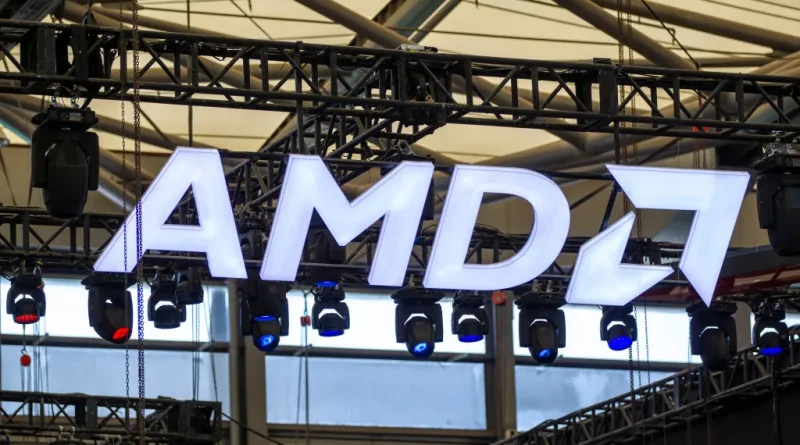Wall Street Analysts Predict AMD’s Stock Will Offset OpenAI’s Billion-Dollar Chip Investments
Following the announcement of an expanded partnership between AMD and OpenAI on Monday, discussions quickly focused on the unconventional payment method OpenAI will use for its AMD acquisitions: it will leverage AMD’s own stock.
To summarize: OpenAI has committed to assisting AMD in enhancing its line of competitor chips to Nvidia, specifically the Instinct GPUs, in addition to purchasing and utilizing 6 gigawatts of computing capacity from AMD over several years. AMD estimates this agreement to generate billions in revenue.
However, OpenAI won’t be funding this directly from its revenues. Instead, AMD has bestowed upon OpenAI a substantial number of stock warrants—up to 160 million AMD shares—that will vest in phases as predetermined goals are met. These goals include set increases in AMD’s stock price, with the final phase contingent upon AMD shares reaching $600 each, as disclosed by AMD. Prior to the announcement, shares were trading around $165 and surged to $214 by the end of trading on Monday.
Should the stock price reach the specified targets, OpenAI fulfill all its obligations, and maintain its entire AMD shareholding without selling, it could potentially gain enough from AMD stock to finance a significant number of GPUs. The stock could reach an approximate valuation of $100 billion.
“We should mention that the final sixth tranche requires a market cap of around $1 trillion to vest – thus, if OpenAI retains the stock until the conclusion of the deal, its stake could be worth approximately $100 billion,” notes UBS analyst Timothy Arcuri in a research note released on Tuesday.
However, Arcuri suggests that a more plausible outcome is that OpenAI will divest some of its AMD stock along the way to cover its AMD expenses. Essentially, this arrangement allows AMD to finance this customer’s purchases.
Nonetheless, Arcuri contends that the validation of AMD’s AI GPUs to handle OpenAI’s workloads, thereby applicable to other AI tasks, is significant enough for AMD to pursue this financing strategy. “AMD noted ongoing customer discussions beyond OpenAI and anticipates this agreement will ultimately accelerate AMD’s adoption momentum,” he writes. OpenAI’s endorsement particularly facilitates selling its GPUs to various cloud service providers already supplied with CPUs.
Techcrunch event
San Francisco | October 27-29, 2025
In the long run, the actual cost of OpenAI’s extensive multi-year AMD GPU acquisition will be borne by retail and institutional investors, assuming they do indeed drive the stock price higher.
In many respects, Nvidia is also funding OpenAI’s acquisitions of its products through its own $100 billion investment announced last month. The distinction lies in Nvidia’s multiple investments in OpenAI, which have secured it a stake in the rapidly growing AI company, rather than the reverse.
However, what options did AMD have? By structuring a deal that imposes minimal cost on OpenAI, it secures a substantial foothold—estimated at around 30% market share—into one of the largest next-generation data center expansions ever seen.
While Arcuri acknowledges that AMD’s arrangement may be “arguably less attractive” than Nvidia’s, “we view this as a significant validation of its [AMD’s] roadmap that could lead to further opportunities with other clients.”



